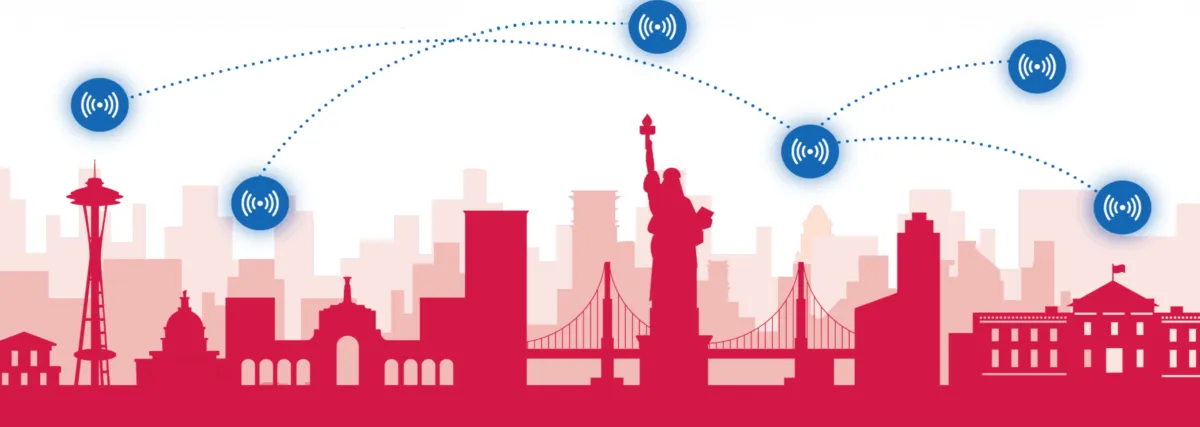Earlier this spring, broadband experts gathered in Dallas for Connected America 2024. Participants discussed new technologies, government programs, and what it takes to build next-generation broadband networks coast to coast.
During the summit, NCTA’s Vice President and External & State Affairs Lead Rick Cimerman took time to chat with Total Telecom Editor Harry Baldock about Rick’s outlook and the top issues facing the broadband industry. Here are some takeaways from the interview:
BEAD moves to the states
The $42 billion in BEAD funds from the bipartisan Infrastructure Investment and Jobs Act (IIJA) are still in the early stages of finding their way to the states.
- Currently, states have submitted their broadband proposals, which include things like how funding will be allocated, grant criteria, etc, to the NTIA for approval.
- Once NTIA reviews those proposals, programs will either be accepted or require states to make changes to their plans, meaning the flow of investment will differ for each state.
- Funding isn’t expected to start reaching projects until 2025 at the earliest, with some states having to wait longer depending on their proposal status with NTIA.
A commitment to the unserved
Part of those broadband plans include how funding should be used to solve the problem of connecting every American.
- Plans should focus on unserved communities. Cimerman notes that there is a reason these markets have been and remain unserved—they are often located in far out, remote areas with difficult economics and difficult geography.
- The government has the opportunity to change the economics of these projects by helping overcome the heavy cost of deployment.
Experience matters
To make the most of federal funds, experienced broadband providers are the best choice to help achieve this ambitious goal.
- Proven success with deployment, network operations, and customer service makes cable broadband the prime candidate to make taxpayer dollars go their farthest.
- Additionally, there is a national shortage of engineers, meaning newer players will face an uphill battle in training a new workforce.
- Experienced providers have a big leg up, with large established workforces to tackle these projects, and a less burdensome need for new hires.
Cut the red tape
As states and the federal government move forward, they must ensure that burdensome regulation does not get in the way of their own efforts.
- Reducing barriers to deployment, like streamlining the process for approving pole attachments, can go a long way in speeding up and reducing the overall cost of network extensions.
- The federal government should also not increase burdensome regulatory barriers, like the expected Title II reclassification, which could slow down broadband deployment regardless of provider.
To see the full interview, visit Total Telecom.









